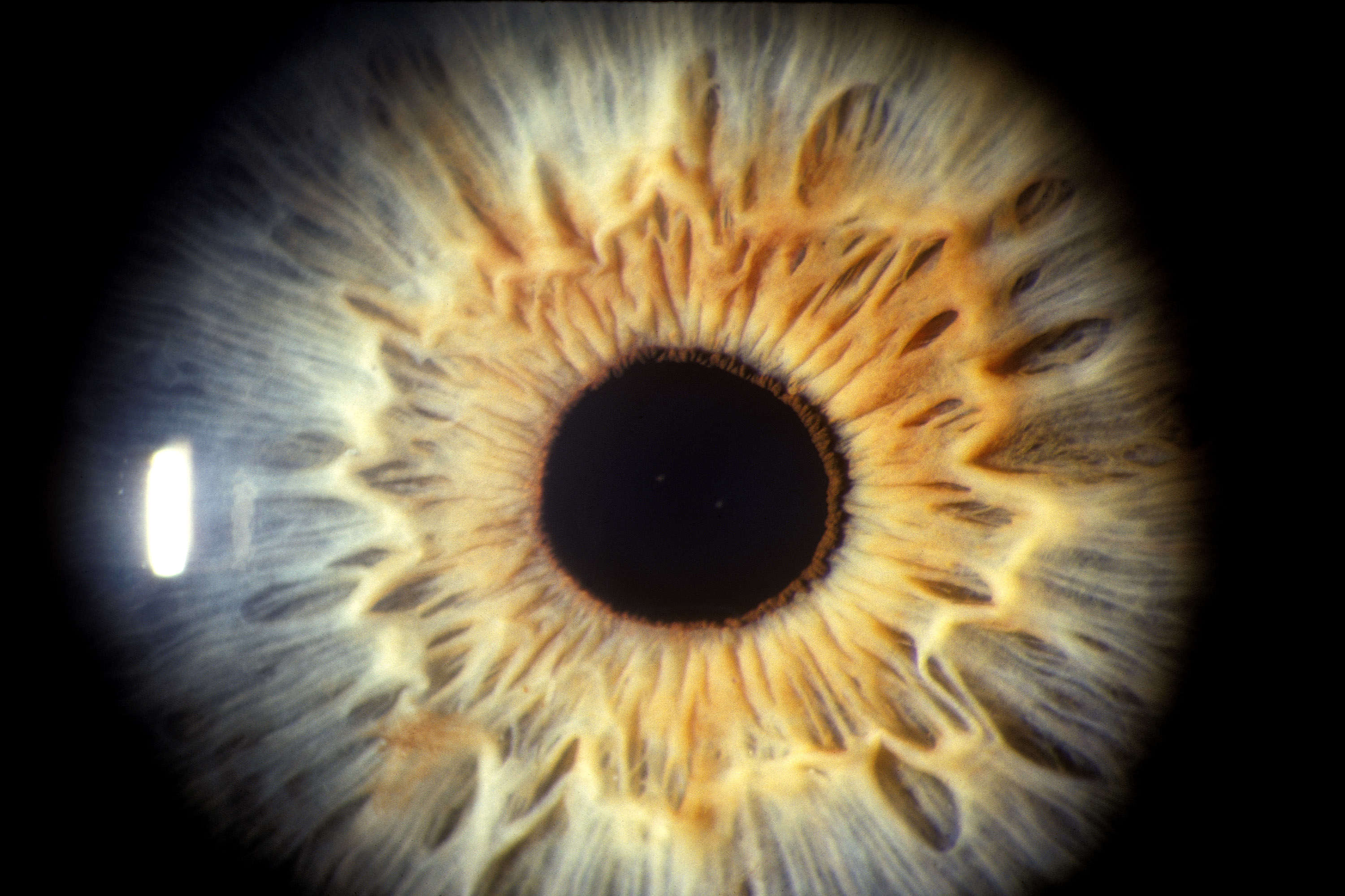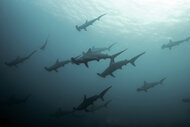Create a free profile to get unlimited access to exclusive videos, sweepstakes, and more!
What if there was more than one origin of life?

If where life spawned from is a question that often keeps you up at night, maybe you ought to look in the mirror — right into your own eyes.
How life emerged and evolved is often seen as a road that has gone in one direction for 4 billion years. That might not have actually been what happened. Researchers Chris Kempes and David Krakauer of the Santa Fe Institute believe that life probably originated multiple times, in different ways. It is possible that new features showed up in different life-forms that were unrelated, and neither may have even known the other existed.
Kempes and Krakauer, who recently published a study in Journal of Molecular Evolution, compare the dawn and development of life to the eye. Eyes of many creatures evolved from independent features that came together over time. Life is less likely to be descended from one organism that started it all — and what seem to be adaptations could go beyond that and actually define new life-forms.
“Even rudimentary photoreceptors confer some advantage on an organism. And we know from morphological and phylogenetic evidence that image-forming eyes evolved independently many times from simple photoreceptors,” Krakauer tells SYFY WIRE. “Life, like eyes, is a story of converging on similar functions not inheriting similar functions.”
When something that evolves features far removed from another organism that takes on similar (often the same) traits, that is the phenomenon of convergent evolution. An ice-age mammal was thought to have been a killer cat until scientists realized it was closer to what are now marsupials, but happened to have evolved huge teeth and claws because of similar survival needs. It lived nowhere near any saber-tooth tigers. This is analogous to how photoreceptors evolved into what are now eyes in so many various species everywhere on Earth.
There are three main elements to Kempes and Kraukauer’s theory. It considers all the materials which could have led to or at least been advantageous for a type of life forming. In an opposite turn, it also has to take any restrictions into account, because depending on where you are looking, there are most likely certain organisms that would not survive. The final piece is how particular forms of life end up optimizing processes that eventually give them adaptations that allow them to live everywhere from inhospitable cold to the scorching wasteland surrounding a volcano.
“The eye and life are ‘principles first’ narratives,” Kempes tells us. “This is because different types of eyes or life use multiple different materials for a similar function. Their structures also solve similar physical challenges — like focusing light (vision) or propagating adaptive information into the future (life) — which we see as the level of constraints.”
There are creatures that can see in infrared, whose wavelengths are too long for humans, and UV, whose wavelengths are too short for us. Some see in extreme detail. Others have incredible night vision but awful daytime vision — and vice versa. The tarsier’s enormous orbs (which outsize its brain) are optimized for seeing both predators and prey after dark. We would need night vision goggles for that. Not everything has two eyes, either. Most spiders have eight. When you have as many eyes as you have legs, prey is going to be easier to grab.
As for adaptations that turn one organism into a completely new species, maybe one of the best examples we can find on earth is the island of Madagasar. Scientists are still unearthing species no one ever knew existed before. The nano-chameleon is just one. You don’t have to go far to find related lizards that are both similar and strikingly different all at once. Just a slight change in elevation can reveal an entirely new population of life-forms in some areas, living things that started off as similarly as photoreceptors that morphed into different types of eyes. Is it any surprise that tarsiers also live in Madagascar?
“Adaptations can include mechanisms for sensing environmental signals, adaptive memory, efficient representations of environmental regularities in memory, mechanisms for transforming memory into action, and strategies of competition and cooperation that contribute positively to both persistence and abundance,” Krakauer says.
The scientists also compare biological adaptations and variance to technology and society. When something is alive, how “alive” is it? Its individuality can be a clue. Viruses are pretty much self-multiplying automatons that depend on living hosts to feed and don’t encode much information in their genes. They need a high level of metabolic input from the organisms they invade to stay alive. Humans encode huge amounts of information in comparison, and we don’t need to have a parasitic relationship with another species in order to keep ourselves breathing.
Using this theory could have radical implications for how we seek extraterrestrial life in the future. There are extreme, almost alien environments right here on Earth that make us question what “life as we know it” really is. There are worms that live in glaciers and microbes that eat methane. Unearthly organisms lurk in the darkest depths of the sea. Now apply that to frozen moons Europa and Enceladus, which supposedly have enormous oceans beneath the ice, and Titan, a moon where it rains liquid methane into oceans and lakes already flooded with methane.
“We think that our theory will shift the emphasis from searching for particular materials to searching for particular principles of a system,” Kempes and Krakauer say. “It is prospective rather than retrospective, and hence predictive of life.”














